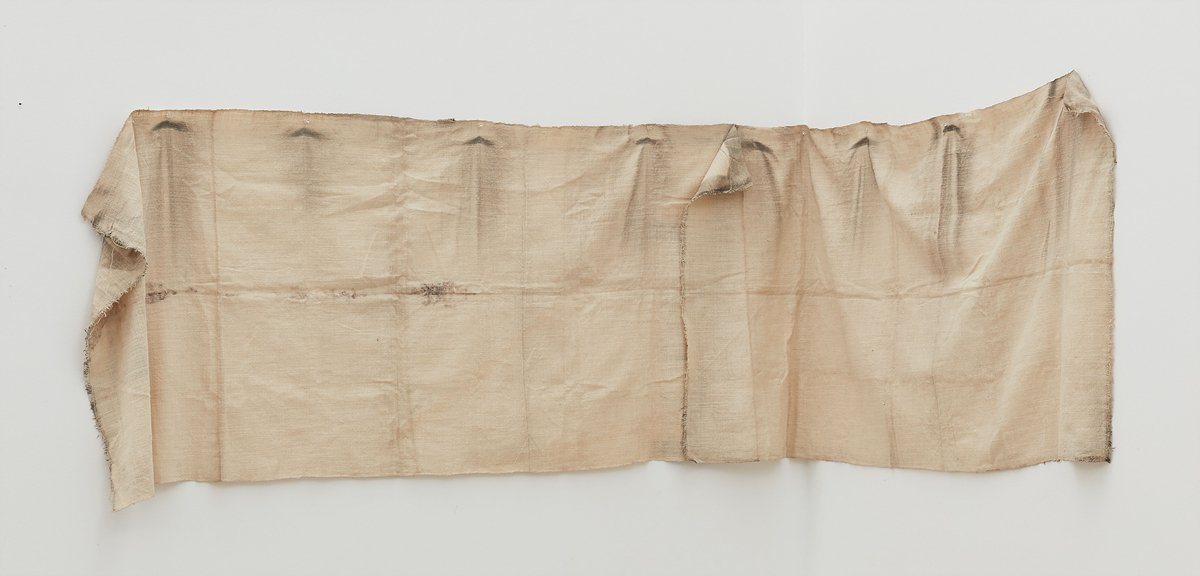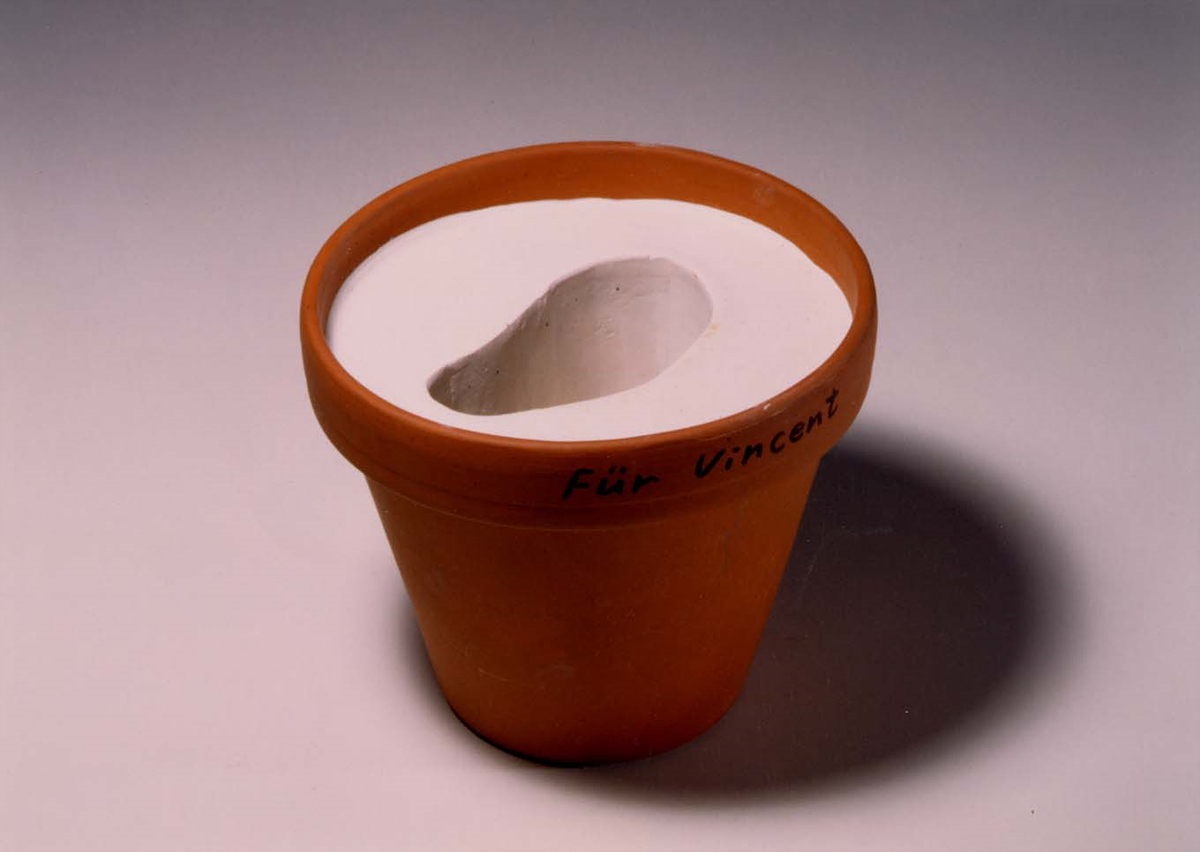News
October 2022
Kim Yong-Ik, Ahn Kyuchul, and Hong Seung-Hye participate in the 12th Seoul Mediacity Pre-Biennale program Station
Artists: 김용익(Kim Yong-Ik), 안규철(Ahn Kyuchul), 홍승혜(Hong Seung-Hye)
Exhibition Dates: July 21, 2022 – January 29, 2023
Exhibition Venue: Nam-Seoul Museum of Art and eight other cultural venues in Seoul, Korea
Website: https://sema.seoul.go.kr
Exhibition Dates: July 21, 2022 – January 29, 2023
Exhibition Venue: Nam-Seoul Museum of Art and eight other cultural venues in Seoul, Korea
Website: https://sema.seoul.go.kr
The 12th Seoul Mediacity Biennale’s pre-biennale exhibition, Station, in which leading artists like Kim Yong-Ik, Ahn Kyuchul, and Hong Seung-Hye are participating, runs through January 29, 2023, across eight cultural spaces in Seoul, including the Seoul Museum of Art, the Seoul Metropolitan Archives, and the Seoul Citizens Hall. The exhibition is designed to reflect on media art practices and experiments that have occurred in Korean art history, alongside works from the Seoul Mediacity Biennale's permanent collection, examining the perception of media art at an empirical level. More than half of the entries from 18 contemporary artists belong to the collection of the Seoul Museum of Art, representing the identity of the Seoul Mediacity Biennale, which aims to preserve the theme surrounding artistic practice and contemplation as a resource during the temporary period of the Biennale within museum’s permanent system.
One of Seoul Museum of Art’s most acclaimed international exhibitions, the Seoul Mediacity Biennale has been providing a stage for contemporary art experiments while resonating with the changing media and urban environment, ever since being established in 2000 under the name of ‘Media_City Seoul.’ When referring to the identity of this biennale, it is essential to mention the exhibition Seoul in Media, which took place three times between 1996 and 1999. The inaugural edition of Seoul in Media: 1988-2002 did not limit itself to the old media represented by paintings, calligraphy, and sculpture, introducing art that corresponded to the contemporary generation and new media such as video, installation, graphics, film, and animation; this ultimately encouraged the audience to view art as everyday objects.
The project’s composition, in which artistic images were intercrossed with modern images flooding inside and outside the exhibition space—moving beyond the traditional way of viewing—was seen as an unconventional attempt. Meanwhile, the essential questions revealed by this encounter between artistic visuals and ever-changing cityscapes remain valid in the modern world.
A leading modernist of the Korean art scene, Kim Yong-Ik presents Plane Object (1977), a work that represents the artist's activities and identity from the 1970s. Showcasing a piece of sprayed, wrinkled fabric pinned onto the wall, the work juxtaposes the fabric’s “real” and “imitated” wrinkles across the same plane, experimenting with the ideas of the reproduction, illusion, and momentary expression of painting.
Ahn Kyuchul once again presents For Vincent (1994) —a series of sculptures featuring asymmetrical holes penetrating the plaster filling in mass-produced flowerpots—previously introduced in Seoul in Media - Food, Clothing, Shelter. Ambivalent concepts evoked by the work’s title and form, provide stark contrast with the conventional utilization of space, and existing, functional visual language often encountered in urban residential settings.
Meanwhile, Hong Seung-Hye presents Organic Geometry (1999), from the eponymous series initiated in 1999, utilizing the basic elements of pixels, black and white tones, simplified shapes, repeated movements, and square-shaped frames. As a sequence and painting that forecasts the series’ future forms and structures, Organic Geometry takes upon many compositional variations including moving image and installation.
As a platform of media art research for the last 25 years, the Seoul Mediacity Biennale has been exploring the “nowness” of art without being attributed to a specific space and time. Station, as a pre-test that examines the ideal operation of the Seoul Mediacity Biennale, which combines conditions of connected regions, non-material resources, and self-sustainable systems, provides a place to “be here and now” for the sake of artistic participation and production.
[Source from the 12th Seoul Mediacity Pre-Biennale: Station press release]
One of Seoul Museum of Art’s most acclaimed international exhibitions, the Seoul Mediacity Biennale has been providing a stage for contemporary art experiments while resonating with the changing media and urban environment, ever since being established in 2000 under the name of ‘Media_City Seoul.’ When referring to the identity of this biennale, it is essential to mention the exhibition Seoul in Media, which took place three times between 1996 and 1999. The inaugural edition of Seoul in Media: 1988-2002 did not limit itself to the old media represented by paintings, calligraphy, and sculpture, introducing art that corresponded to the contemporary generation and new media such as video, installation, graphics, film, and animation; this ultimately encouraged the audience to view art as everyday objects.
The project’s composition, in which artistic images were intercrossed with modern images flooding inside and outside the exhibition space—moving beyond the traditional way of viewing—was seen as an unconventional attempt. Meanwhile, the essential questions revealed by this encounter between artistic visuals and ever-changing cityscapes remain valid in the modern world.
A leading modernist of the Korean art scene, Kim Yong-Ik presents Plane Object (1977), a work that represents the artist's activities and identity from the 1970s. Showcasing a piece of sprayed, wrinkled fabric pinned onto the wall, the work juxtaposes the fabric’s “real” and “imitated” wrinkles across the same plane, experimenting with the ideas of the reproduction, illusion, and momentary expression of painting.
Ahn Kyuchul once again presents For Vincent (1994) —a series of sculptures featuring asymmetrical holes penetrating the plaster filling in mass-produced flowerpots—previously introduced in Seoul in Media - Food, Clothing, Shelter. Ambivalent concepts evoked by the work’s title and form, provide stark contrast with the conventional utilization of space, and existing, functional visual language often encountered in urban residential settings.
Meanwhile, Hong Seung-Hye presents Organic Geometry (1999), from the eponymous series initiated in 1999, utilizing the basic elements of pixels, black and white tones, simplified shapes, repeated movements, and square-shaped frames. As a sequence and painting that forecasts the series’ future forms and structures, Organic Geometry takes upon many compositional variations including moving image and installation.
As a platform of media art research for the last 25 years, the Seoul Mediacity Biennale has been exploring the “nowness” of art without being attributed to a specific space and time. Station, as a pre-test that examines the ideal operation of the Seoul Mediacity Biennale, which combines conditions of connected regions, non-material resources, and self-sustainable systems, provides a place to “be here and now” for the sake of artistic participation and production.
[Source from the 12th Seoul Mediacity Pre-Biennale: Station press release]
김용익, 안규철, 홍승혜, 제12회 서울미디어시티비엔날레 사전프로그램 그룹전 《정거장》 참여
중견 작가 김용익, 안규철, 홍승혜 등이 참가 중인 제12회 서울미디어시티비엔날레의 사전프로그램 《정거장》이 서울시립 남서울미술관과 서울기록원, 시민청 등을 포함한 서울 시내 문화 공간 여덟 곳에서 2023년 1월 29일까지 열린다. 이번 전시는 서울미디어시티비엔날레 소장자원과 함께 한국 미술사에서 발생했던 미디어 실천과 실험을 돌아보고, 미디어아트에 대한 인식을 경험적 차원에서 살펴보고자 마련되었다. 총 18명의 현대미술가들이 참가하는 본 전시 출품작의 절반 이상은 서울시립미술관 소장품으로, 미술적 실천과 사유라는 주제를 비엔날레라는 일시적인 기간동안 미술관이라는 영구적인 제도 내에서 자원으로 보존하고자 하는 서울미디어시티비엔날레의 정체성을 대변한다.
지난 2000년 ’미디어_시티 서울’이라는 이름으로 출발한 서울미디어시티비엔날레는 서울시립미술관의 대표 국제전으로, 변화하는 미디어 및 도시 환경과 공명하며 동시대 미술 실험과의 장을 마련해왔다. 이러한 비엔날레의 정체성을 언급할 때 1996년부터 1999년까지 세 차례 개최되었던 《도시와 영상》 전을 빼놓을 수 없다. 제1회 도시와 영상 《1988-2002》는 회화, 서예, 그리고 조각으로 상징되는 올드 미디어(old media)에 국한되지 않고 비디오, 설치, 그래픽, 영화, 애니메이션과 같은 뉴미디어(new media)를 통해 시대에 조응하는 예술을 소개하고, 예술을 일상적으로 바라보자고 제안했다.
당시 전통적인 관람방식을 넘어 전시 공간의 안팎에 범람하는 현대적 이미지들 사이에 예술 관련 이미지가 교차되는 프로젝트의 구성은 파격적인 시도로 평가되었는데, 이러한 예술 관련 이미지가 시시각각 변화하는 도시 풍경과 가깝게 마주하며 드러낸 날것의 질문은 지금도 여전히 유효하다.
이번 전시에서 한국의 대표적인 모더니스트 김용익은 작가의 1970년대 활동과 정체성을 대표하는 작품인 〈평면 오브제〉(1977)를 선보인다. 스프레이로 주름을 표현한 천을 압핀 등으로 고정하여 벽에 설치한 이 작품은 천이 만들어 내는 ‘실제’의 주름과 스프레이로 ‘모방’한 주름을 한 평면에서 보면서 회화의 재현, 허상, 그리고 순간적인 표현 등을 실험한다.
안규철은 제2회 도시와 영상 《의식주》에서 소개했던, 대량 생산된 화분 안에 석고로 비정형의 구멍을 만든 조각 작품인 〈빈센트를 위하여〉(1994)를 다시금 선보인다. 도시의 주거환경에서 기능 중심으로 이루어진 기존의 시각 언어나 공간 활용의 반대편에 놓인 작품의 제목과 형태에 담긴 양가적 가치들을 통해 예술의 역할을 되묻는다.
한편 홍승혜가 이번에 선보이는 〈유기적 기하학〉(1999)은 픽셀, 검은색과 흰색, 단순화된 형태와 움직임의 반복, 사각의 프레임 등을 기본 요소로 삼아 1999년에 시작된 작업이다. 〈유기적 기하학〉은 이후 무빙 이미지와 설치 형태 등으로 다채롭게 변주하며 확장되는 작품의 미래를 예고하는 시퀀스이자 원화와 다름없다.
지난 25년 동안 서울미디어시티비엔날레는 미디어아트 연구의 플랫폼으로서 특정한 시공간에 귀속되지 않은 채 예술의 현재성을 탐구해왔다. 연결된 지역, 비물질적 자원, 자생적인 제도라는 조건들이 맞물려 돌아가는 서울미디어시티비엔날레의 이상적인 운영방식을 테스트하는 프로토콜과도 같은 《정거장》은 지금-이곳에서 미적 참여와 생산을 위해 잠시 머무를 장소를 제공한다.
지난 2000년 ’미디어_시티 서울’이라는 이름으로 출발한 서울미디어시티비엔날레는 서울시립미술관의 대표 국제전으로, 변화하는 미디어 및 도시 환경과 공명하며 동시대 미술 실험과의 장을 마련해왔다. 이러한 비엔날레의 정체성을 언급할 때 1996년부터 1999년까지 세 차례 개최되었던 《도시와 영상》 전을 빼놓을 수 없다. 제1회 도시와 영상 《1988-2002》는 회화, 서예, 그리고 조각으로 상징되는 올드 미디어(old media)에 국한되지 않고 비디오, 설치, 그래픽, 영화, 애니메이션과 같은 뉴미디어(new media)를 통해 시대에 조응하는 예술을 소개하고, 예술을 일상적으로 바라보자고 제안했다.
당시 전통적인 관람방식을 넘어 전시 공간의 안팎에 범람하는 현대적 이미지들 사이에 예술 관련 이미지가 교차되는 프로젝트의 구성은 파격적인 시도로 평가되었는데, 이러한 예술 관련 이미지가 시시각각 변화하는 도시 풍경과 가깝게 마주하며 드러낸 날것의 질문은 지금도 여전히 유효하다.
이번 전시에서 한국의 대표적인 모더니스트 김용익은 작가의 1970년대 활동과 정체성을 대표하는 작품인 〈평면 오브제〉(1977)를 선보인다. 스프레이로 주름을 표현한 천을 압핀 등으로 고정하여 벽에 설치한 이 작품은 천이 만들어 내는 ‘실제’의 주름과 스프레이로 ‘모방’한 주름을 한 평면에서 보면서 회화의 재현, 허상, 그리고 순간적인 표현 등을 실험한다.
안규철은 제2회 도시와 영상 《의식주》에서 소개했던, 대량 생산된 화분 안에 석고로 비정형의 구멍을 만든 조각 작품인 〈빈센트를 위하여〉(1994)를 다시금 선보인다. 도시의 주거환경에서 기능 중심으로 이루어진 기존의 시각 언어나 공간 활용의 반대편에 놓인 작품의 제목과 형태에 담긴 양가적 가치들을 통해 예술의 역할을 되묻는다.
한편 홍승혜가 이번에 선보이는 〈유기적 기하학〉(1999)은 픽셀, 검은색과 흰색, 단순화된 형태와 움직임의 반복, 사각의 프레임 등을 기본 요소로 삼아 1999년에 시작된 작업이다. 〈유기적 기하학〉은 이후 무빙 이미지와 설치 형태 등으로 다채롭게 변주하며 확장되는 작품의 미래를 예고하는 시퀀스이자 원화와 다름없다.
지난 25년 동안 서울미디어시티비엔날레는 미디어아트 연구의 플랫폼으로서 특정한 시공간에 귀속되지 않은 채 예술의 현재성을 탐구해왔다. 연결된 지역, 비물질적 자원, 자생적인 제도라는 조건들이 맞물려 돌아가는 서울미디어시티비엔날레의 이상적인 운영방식을 테스트하는 프로토콜과도 같은 《정거장》은 지금-이곳에서 미적 참여와 생산을 위해 잠시 머무를 장소를 제공한다.
01
05





